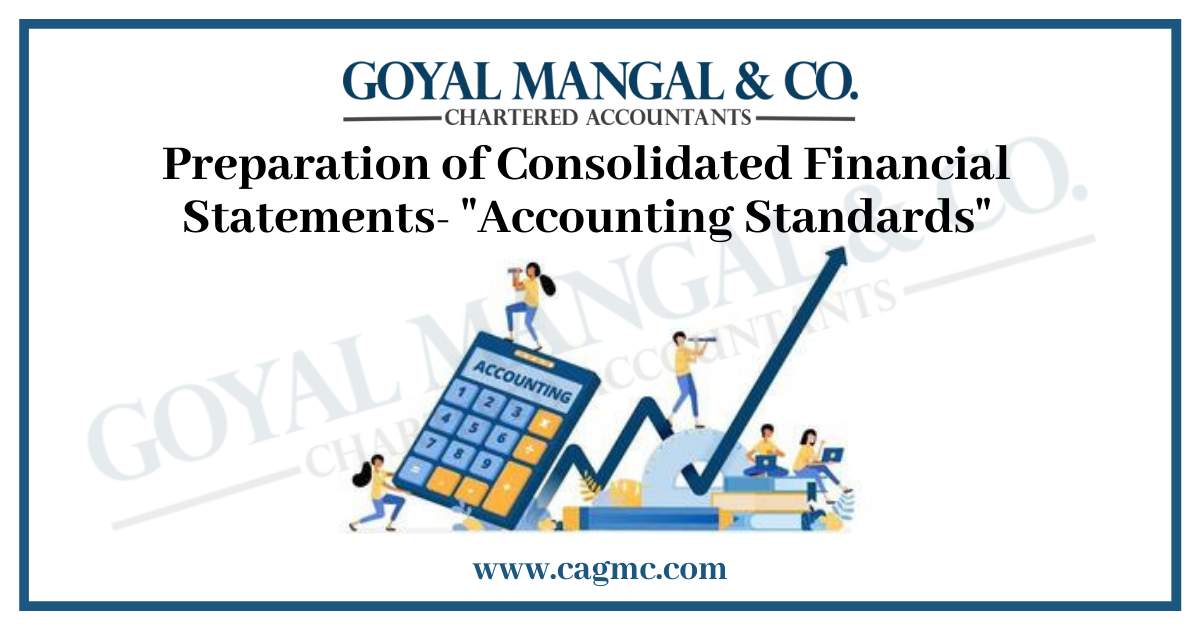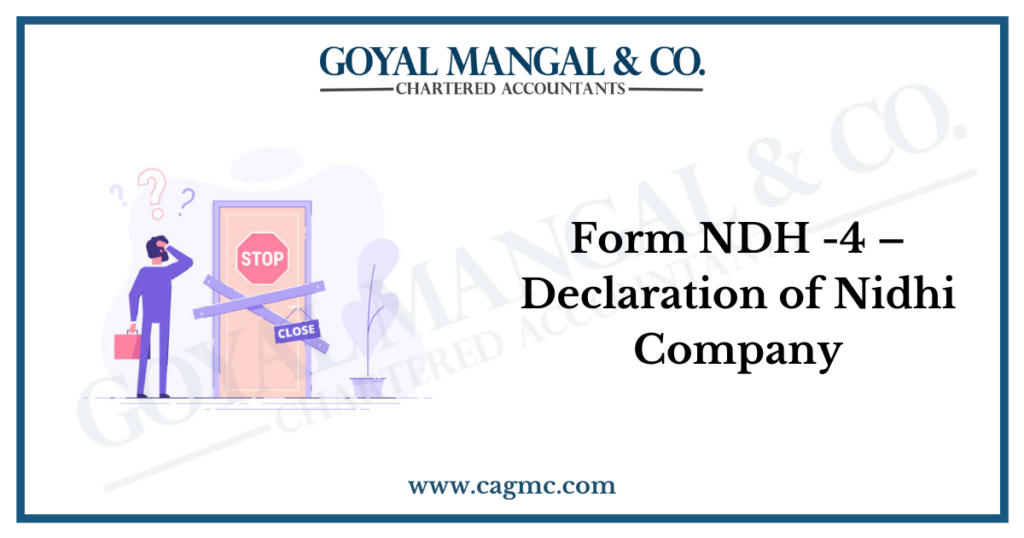 Consolidation is the process of including the financial statements of all subsidiaries into the parent company’s financial accounts. Companies with one or more subsidiaries are necessary to prepare Consolidated Financial Statements under Clause 3 of Section 129 of the Companies Act, 2013. Financial statements are formal financial performance records that demonstrate how a company did in the previous quarter or year, as well as whether or not it produced money. Furthermore, the Companies Act, 2013 and Accounting Standards 21 state these financial statements.
Consolidation is the process of including the financial statements of all subsidiaries into the parent company’s financial accounts. Companies with one or more subsidiaries are necessary to prepare Consolidated Financial Statements under Clause 3 of Section 129 of the Companies Act, 2013. Financial statements are formal financial performance records that demonstrate how a company did in the previous quarter or year, as well as whether or not it produced money. Furthermore, the Companies Act, 2013 and Accounting Standards 21 state these financial statements.
| Table of contents |
What do you mean by consolidated financial statements?
According to the Accounting Standards, 21 “Consolidated financial statements are the financial statements of a group presented as those of a single enterprise”.
These are the financial statements of a group in which the parent and its subsidiaries’ assets, liabilities, equity, income, expenses, and cash flow are shown as if they were a single economic organization. The parent business must tell its users about the financial position and results of its activities, not just for their own company but for the entire group. As a result, these financial statements combine together to present the parent company’s financial information as well as its subsidies as a whole.
Who has to prepare a consolidated financial statement?

Objective of Consolidated Financial Statements
- Actual financial report of the company: The financial statement is to give accountants a comprehensive view of the company as a whole, including holdings and subsidiary companies.
- Market evaluation of a holding firm: It is necessary to assess the overall financial health of the holding/subsidiary business (as the case may be). Also, if want to buy/sell shares, it is a must to examine financial performance using these Statements.
- Subsidiary Acquisition: These statements include Minority Interest data, which shows the amount payable at book value to the subsidiary company’s outside shareholders.
Scope of consolidated financial statements
This Standard should carry out in the separate financial statements of a parent when accounting for investments in subsidiaries. Also, when preparing and presenting these accounts for a group of firms this Standard should be in use. Other Accounting Standards apply in the same way to consolidated financial statements. Also, they separate financial statement in the preparation of consolidated financial statements.
Furthermore, this Standard excludes:
- Methods of accounting for mergers and their impact on consolidation, including goodwill arising from mergers
- The accounting for associates’ investments (currently controlled by AS 13, Accounting for Investments); and
- Joint venture investment accounting (now defined by AS 13, Accounting for Investments).
Steps to prepare Financial Statements
When generating a consolidated financial statement, related items such as assets, liabilities, income, and expenses total together line by line from the parent company’s financial statements and its subsidiaries. The flow of the consolidation accounting procedure is as follows;
- Loans Between Companies: Recording intercompany loans from subsidiaries to the parent company, as if the parent business has to combine the cash balances of its subsidiaries into an investment account. In addition, allocate interest income collected on consolidated investments from the parent business to the subsidiaries.
- Charge for Business Overhead: Calculating and charging the amount of the allocation. Just to the various subsidiaries if the parent firm assigns its overhead costs to subsidiaries.
- Accounts Payable: Verify that all accounts payable recorded during the period have been appropriately charged to the various subsidiaries if the parent business has a consolidated payables operation.
- Expenses for Payroll: If the parent business is using a similar paymaster system to pay all employees across the board, make sure that payroll expense is properly assigned to all subsidiaries.
- Adjusting Entries: Record any adjustment entries required at the subsidiary and corporate levels to accurately record revenue and expense transactions in the correct timeframe.
- Examine the balances of your asset, liability, and equity accounts: Verify the accuracy of all asset, liability, and equity accounting for both the subsidiaries and the corporate parent. Also, make any necessary adjustments.
- Examine the Financial Statements of Subsidiaries: Print and study each subsidiary’s financial accounts, and look into any things that appear to be strange or inaccurate. Make any necessary changes.
- Intercompany transactions elimination: If any intercompany transactions have occurred, reverse them at the parent company level to remove their impact from the consolidated financial statements.
- Examine the financial statements of your parents: Print and analyze the parent company’s financial accounts, and look into any items that appear to be strange or inaccurate. Make any necessary changes.
- Income Tax Liability: Record an income tax liability if the company made a profit. It’s possible that this will be necessary at the subsidiary level as well.
- Subsidiary Books Closing: Depending on the accounting software used, it may be essential to access each subsidiary’s financial records and mark them as closed. This prohibits any further transactions from being recorded during the accounting period that is about to end.
- Close the Books of the Parent Company: Marking the parent’s company’s accounting period as ‘closed’, to prevent any further transactions from being reported in that period.
- Publish Financial Reports: The parent company’s financial statements should be printed and distributed.
Why prepare a consolidated financial statement
The major goal of these statements is to display the company’s financial information in a systematic manner for the benefit of financial statement users such as owners, creditors, and investors.
It contains extremely important information, which is as follows:
- The overall assets and liabilities under the parent’s control
- As well as the results of this control.
Conclusion
Consolidated Statements allow an investor to gain a more comprehensive picture of a group of firms’ financial performance rather than focusing on individual companies’ performance. As a result, these comments are critical in assisting investors in making investment decisions. As a result, when evaluating the parent entity’s and subsidiaries’ overall performance and position, investors, regulators, customers, vendors, and other stakeholders frequently prefer to look at consolidated financial statements.


